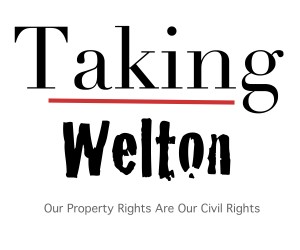Taming Chicago’s $1.7 billion TIF monster
“Many TIFs across town have achieved their goals. They have produced modernized factory districts, revitalized stores in neighborhoods that retailers had shunned and helped preserve historic buildings. But TIFs also have been used to subsidize private development or businesses that may or may not be credibly threatening to leave.
“The TIF program has gotten so far askew that it has lost its original purpose,” said Rep. Mike Quigley (D-Ill.), who as a Cook County Board member in 2007 produced a study that called for greater TIF accountability.
Nevertheless, Quigley said Emanuel “has made a tremendous amount of headway on transparency.” Earlier this month, the city released new documents for each of its 154 TIF districts that listed expected revenues and expenses through 2017, putting in one place information that was scattered.
TIF incentives are diverted property taxes, making them controversial. Any town can create a TIF district, drawing boundaries as it wants.
Officials compute the amount of property tax revenue that the district generates, and that becomes a baseline sum. Any revenue increase — the increment —from that point goes into the TIF, not to local governments that rely on property taxes.
Mayoral aides said Friday that $1.7 billion sits in the TIF accounts, of which $1.5 billion is committed to projects through 2017. Most of the money, they said, will go to public works or the schools. But the opaque process makes people suspicious. When Emanuel, who has shuttered close to 50 schools, announced TIF funding pledges for school expansion, many wondered how those projects moved to the head of the priority list.”
Roeder, David. Chicago SUn TImes 28 September 2013.
*
